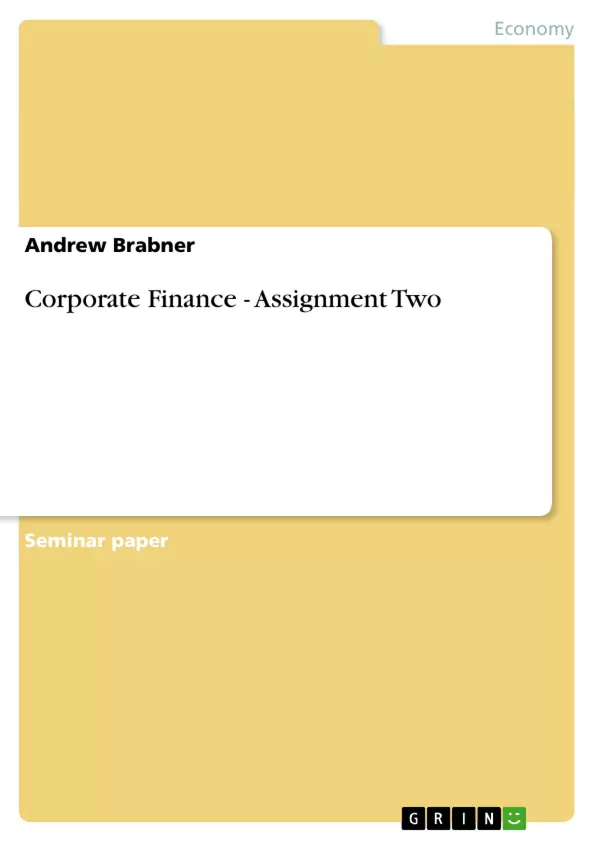Options are a financial instrument with which one can reduce risk. Financial options are used by companies for this purpose and come in many forms, for example commodity, currency or interest rate options.
Options are also embedded in real investment decisions, for example in the form that a company gains the possibility (or option) to make a very profitable future investment (B), but only under the condition that the original investment (A) is made. This possibility increases uncertainty about the future, and has a value to the purchaser of the asset (A) at the time of purchase. Option pricing attempts to value this. This offers an alternative form of investment appraisal to the traditional Discounted Cash Flow (DCF) methods such as Net Present Value (NPV), that do not and can not account for and place a value on this uncertainty. There are two major methods of valuing options. One is the binomial method and the other is the Black & Scholes Formula. The options valued here all use the Binomial Model assuming European Options.
Inhaltsverzeichnis (Table of Contents)
- Introduction
- Calculating a Development Option (Call)
- Land Acquisition Strategy
Zielsetzung und Themenschwerpunkte (Objectives and Key Themes)
This document demonstrates the application of binomial option pricing to real estate investment decisions, specifically to the valuation of a development option. It explores the use of the hedging method within the binomial model to determine the value of purchasing land with the potential for future development. The analysis utilizes key financial concepts like the option delta, risk-free rate, and present value to arrive at a comprehensive assessment of the investment's worth.
- Valuation of Development Options
- Binomial Option Pricing Model
- Hedging Method
- Risk-Free Rate and Present Value
- Land Acquisition Strategy
Zusammenfassung der Kapitel (Chapter Summaries)
- Introduction: This section introduces the concept of options in finance and their application in real investment decisions. It highlights the importance of option pricing methods like the Binomial Model as an alternative to traditional Discounted Cash Flow (DCF) approaches when dealing with uncertainty.
- Calculating a Development Option (Call): This chapter details the application of the binomial option pricing method to evaluate the value of a development option on a piece of land. It defines key parameters like current land value, exercise price, and risk-free interest rate and explains how the hedging method is used to determine the option delta and the value of the call option. The analysis concludes with a calculation of the maximum acceptable value for the development option and a recommendation based on the predicted value of the land.
- Land Acquisition Strategy: This section explores the formulation of an acquisition strategy for the investor using the Put-Call-Parity formula. By substituting the previously calculated call value, the chapter demonstrates how to derive the value of the put option. It concludes by rearranging the formula to highlight the investment strategy for the investor based on the calculated values.
Schlüsselwörter (Keywords)
This document focuses on the application of the binomial option pricing model, particularly the hedging method, to value development options in real estate investment. Key concepts include option delta, risk-free rate, present value, put-call-parity, and the value of the call and put options. The analysis emphasizes the importance of considering uncertainty in investment decisions and the value of option pricing methods in evaluating such scenarios.
- Citar trabajo
- Andrew Brabner (Autor), 2002, Corporate Finance - Assignment Two, Múnich, GRIN Verlag, https://www.grin.com/document/7644



